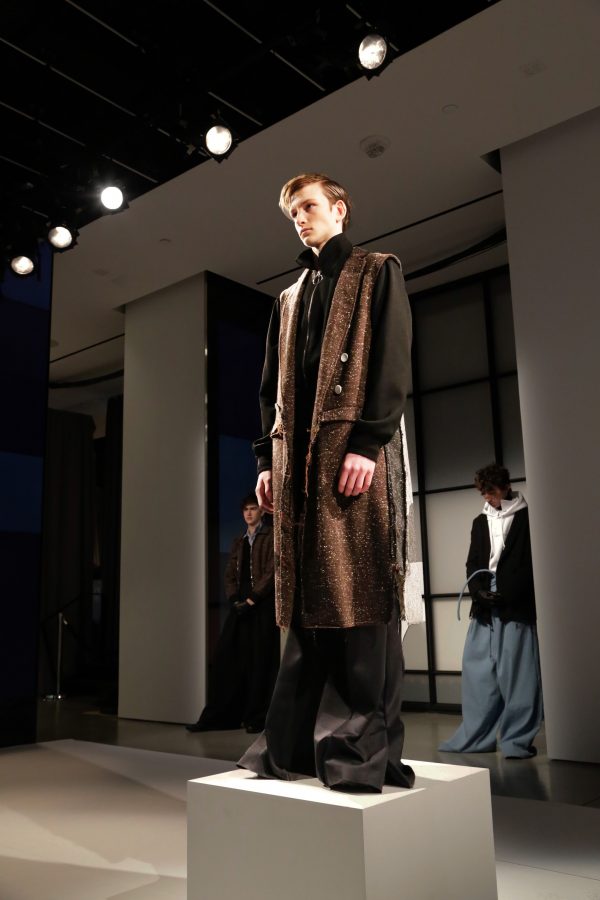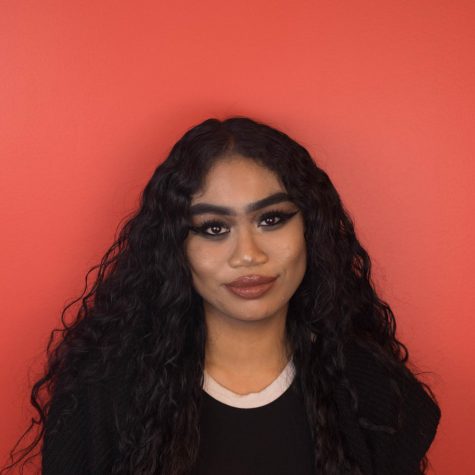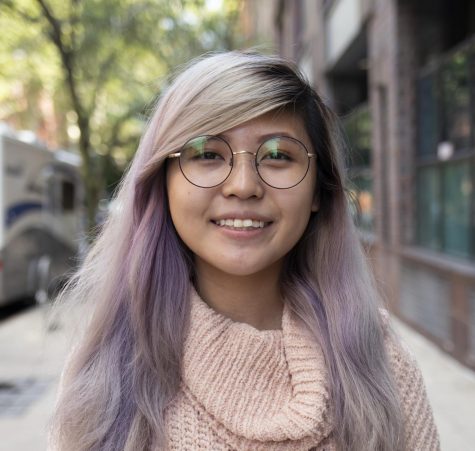Ageism Plagues the Fashion Industry
Though only 15 years old, this model stands on a podium at the Raun LaRose Presentation.
February 6, 2017
In the fashion industry, trends come and go, style evolves and timeless pieces are never a dime a dozen. But what’s rarely mentioned is that this philosophy extends to people as well — models suffer the most from the prevalence of ageism in the fashion world.
Unlike other forms of discrimination, ageism in the modeling sector is rarely acknowledged. With many prominent fashion houses utilizing social media to interact with their followers and potential shoppers, it’s no surprise that they have started to cater to younger demographics for whom social media is an important part of their everyday life. Therefore, to market themselves, brands have allowed social media to drastically change which models get to represent them.
With models walking the runway at ages as young as 13, age plays a huge role in a model’s ability to book a job. The older the models are, the harder it is for them to land work, since older models are in less demand. Younger models are now being chosen to capture the attention of the younger generation. Recently, with 17-year-old Lily Rose Depp closing the Chanel Spring 2017 Haute Couture show, one can argue that fashion houses are choosing to represent themselves with models who are most reflective of the fashion industry’s targeted audiences.
While this isn’t exactly a bad thing, the problem is that in prioritizing this new group of younger customers, fashion houses simultaneously neglect their older audiences. Just because younger audiences are more interactive doesn’t mean that those who do not fit into this category should be excluded. Many consumers of luxury ready-to-wear and couture attire are older than the faces of these brands themselves. With this in mind, designers should make room for models of different ages to represent them. The good news is that there has been a push for this particular type of inclusivity.
While a youthful look is often standard on the catwalk, some designers are challenging this mold. For example, Chinese fashion designer Guo Pei chose Carmen Dell’Orefice a 85-year-old model, to close his runway show at the Spring 2017 Couture Fashion Week in Paris. This was a bold statement, because if designers truly wish to appeal to the masses, they should strive for inclusion instead of being overly selective and completely factoring out one group. In the end, age diversity is often overlooked in favor of other types of diversity, but it deserves equal emphasis. It’s refreshing to see brands broadening their horizons and allowing models of all ages to grace their runways to make their clientele feel welcome. After all, fashion isn’t exclusive to a particular age group – it’s something people of all ages use to express themselves to the fullest.
A version of this article appeared in the Monday, Feb. 6 print edition. Email Sherah Ndjongo at [email protected].
























































































































































